Today we have a guest post by the PE Tracker Team on PE Ratio Investing. This is one of the fundamental indicators used by value investors to determine if a stock is under or overvalued. You can find their website here.
Why Use The PE Ratio
A quick way to see if a stock is “cheap” or “expensive” is to look at the price earnings ratio. The PE ratio is the ratio of the price you pay (share price) to the earnings you get (earnings per share) with a stock. A number of academic studies have shown that stocks with low PE ratios tend to see their PE ratios rise and their stock prices increase. And the goal of famous value investors like Warren Buffet or Benjamin Graham is to seek out “cheap” stocks with good business prospects.
(Note, this site contains affiliate links. As an Amazon Associate I earn from qualifying purchases. When you click on an affiliate link and buy something, The Small Investor will get a small commission for the referral. You are charged nothing extra for the purchase. This helps keep The Small Investor going and free. I don’t recommend any products I do not fully support. If you would like to help but don’t see anything you need, feel free to visit Amazon through this link and buy whatever you wish. The Small Investor will get a small commission when you do, again at no cost to you.)
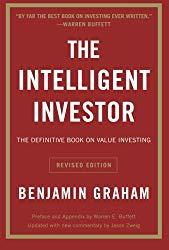
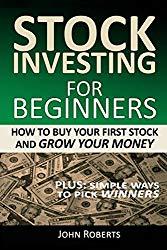
Filtering for the Right Stock
If I were to filter for a low PE stock today, which one would I pick? Looking at big blue-chip companies, JPMorgan Chase (the biggest bank in the US!) has had strong results recently. Its earnings grew from $9 a share in 2018 to $10.72 a share in 2019. It had positive results in both its lending business and its other financial businesses. Let’s do some basic division. Takings JPM’s stock price of $95 and dividing by 2019 earnings ($10.72 a share) gives the stock a PE ratio of 9. I know that number is relatively low.
What’s a “blue chip” company with a high PE ratio that I would avoid? Let’s look at Johnson & Johnson (JNJ). Johnson & Johnson saw revenues close to 0% in 2019, with the weakest results in the baby care segment. The previous year, sales growth was almost 7%. Taking JNJ’s stock price of $140 and dividing by its $5.63-a-share 2019 earnings gives the stock a PE ratio of 25.
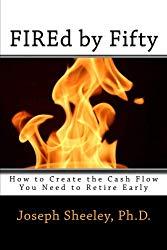
FIREd by Fifty: How to Create the Cash Flow You Need to Retire Early
Comparing Results
The price earnings ratio tells a little bit about the business of these companies and a little bit about the price of their stocks. If PE ratio was your only guide you would choose to pay less for earnings. So you would buy JPMorgan at a PE ratio of 9, rather than Johnson & Johnson with its 25 PE ratio.
JPMJNJ
Price$95$140
PE Ratio9x25x
In this case, share price performance history would back you up. JPMorgan’s stock price (the blue line below) has outperformed if you look at the past 5 years or past 1 year. You should expect this trend to continue. Academic studies suggest that JPMorgan’s below average PE ratio should increase over time or revert to the mean. That would mean that the price would go up.
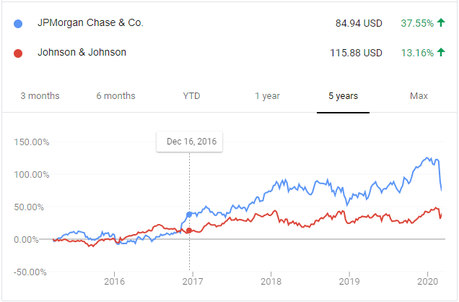
A note from SmallIvy: PE ratios tend to vary by industry. For example, banks tend to have low PE ratios in the 9-12 range, while fast growing restaurant stocks might have a PE in the 20-30 range. Sometimes it is better to compare PE ratios among stocks in the same industry and pick out those that are low relative to their peers rather than comparing PE ratios for stocks in different industries.
Exceptions to the Rule
Although using the low PE ratio “rule of thumb” is generally a great way to find investments, there are exceptions to the rule. For example, over the past decade many tech stocks have had PE ratios well above average, but have shown great performance in terms of their price growth. Take Amazon (AMZN) for example. It has shown amazing stock price growth with a PE ratio currently at 80, which is extremely high! And occasionally stock prices grow when the companies have no earnings at all. This is the case sometimes with tech companies in early growth stages.
Another extreme case is the case of a value trap. Value trap is an investing term for a stock that has a low PE ratio, but the stock price never goes anywhere. UBS stock has a PE ratio of 8, which is lower than JPMorgan’s, but its stock price has been stagnant since the Great Recession over a decade ago. Unlike JPMorgan, “cheap” stocks are not always expected to show business improvement over time.
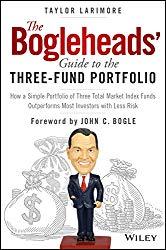
Conclusion
The PE ratio is a great tool to help you get started investing. Since there are exceptions to the PE ratio rule of thumb, however, it’s important to understand the growth prospects of the companies you want to invest in. A great way to do this is to look at their quarterly SEC filings and investor relations homepages.
The Price Earnings Ratio Stock Value Tracker is a great mobile app with an easy-to-understand dashboard that shows you which stocks have low PE ratios and which ones have high PE ratios. Click here for more information!
Have a burning investing question you’d like answered? Please send to [email protected] or leave in a comment.
Follow on Twitter to get news about new articles. @SmallIvy_SI
Disclaimer: This blog is not meant to give financial planning or tax advice. It gives general information on investment strategy, picking stocks, and generally managing money to build wealth. It is not a solicitation to buy or sell stocks or any security. Financial planning advice should be sought from a certified financial planner, which the author is not. Tax advice should be sought from a CPA. All investments involve risk and the reader as urged to consider risks carefully and seek the advice of experts if needed before investing.
